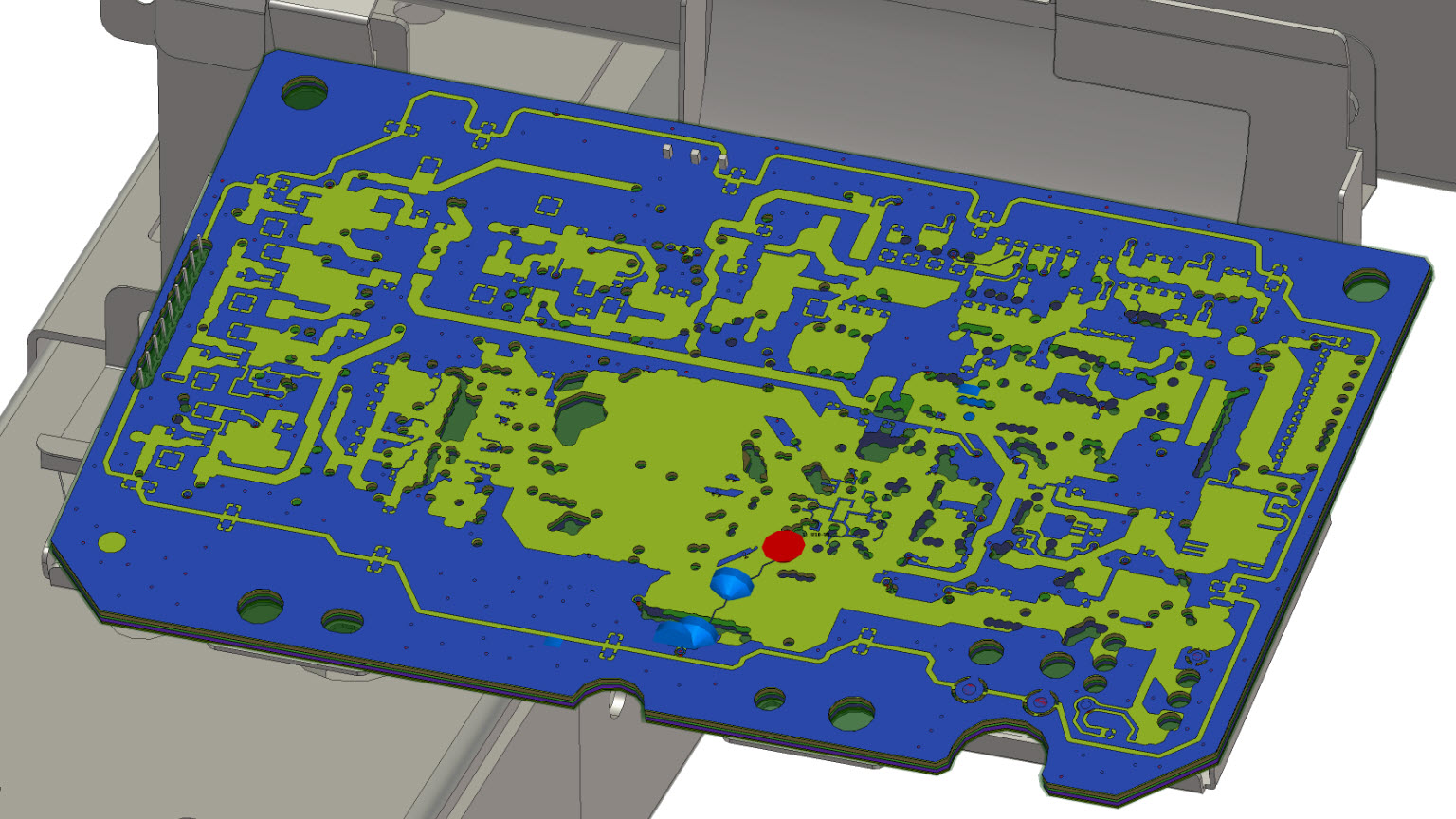Fuji Xerox
By allowing some measurements to be replaced by simulation, CST Studio Suite reduced the number of physical prototypes needed, shortening the design process. With simulation, Fuji Xerox engineers were able to predict EMC problems before constructing the prototype and identify the mechanism behind any that did arise, making them easier to mitigate.
Modern Multifunction Printers
Founded in 1962, Fuji Xerox Co., Ltd. is a leading company in the document services & communications field. Underlying their solutions and services are their world-class office multifunction devices, printers and production printers that they develop and manufacture for worldwide distribution.
Modern multifunction printers include many electronic components – often modular to ensure commonality – and these can interfere with each other causing electromagnetic compatibility (EMC) issues. In addition, electrostatic discharge (ESD) can affect the performance of individual components. Where EMC issues arise during testing, it is not always clear what the cause is. In order to better understand the mechanisms behind these and to find effective mitigation techniques, Fuji Xerox decided to use EM simulation with CST Studio Suite.
Simulating EMC and ESD on a Large, Very Complex Model Effectively
When prototyping the printer, one area where Fuji Xerox saw EMC issues was the user interface (UI) unit. Testing revealed that changing the number of contacts between the unit and the frame improved EMC performance, but didn’t identify the coupling paths that caused issues. To simulate this effectively, Fuji Xerox needed to be able to simulate both the UI PCB and the frame of the printer. The variation in scale between the two meant that this would be a challenging task.
CST Studio Suite allowed the PCB to be imported as a 3D model and integrated into the metal frame imported from the CAD software. Thanks to the high-performance computing (HPC) capabilities of CST Studio Suite, the entire model could be simulated within a workday on the TSUBAME cluster at Tokyo Institute of Technology, with MPI cluster computing and GPU hardware acceleration. This showed the current flows within the device and explained why changing the contacts improved performance. The simulated EMI spectrum was compared to measurements and found to be in good agreement. Engineers could then use this information to improve the design of this device, by using a new countermeasure with a reduced EMI spectrum, and avoid similar issues with future devices.
Simulation was also used to test the ESD hardiness of the LED print head. The ESD test set-up was recreated in CST Studio Suite, allowing different PCB designs to be analyzed. Simulation results agreed closely with measurements and allowed engineers to revise the PCB to reduce ESD susceptibility.
With a high usability and powerful features like EDA import and GPU acceleration, CST Studio Suite accelerates our development cycles by reducing the number of design iterations.
Fast Simulations, Shorter Design Process
By allowing some measurements to be replaced by simulation, CST Studio Suite reduced the number of physical prototypes needed, shortening the design process. With simulation, Fuji Xerox engineers were able to predict EMC problems before constructing the prototype and identify the mechanism behind any that did arise, making them easier to mitigate.
